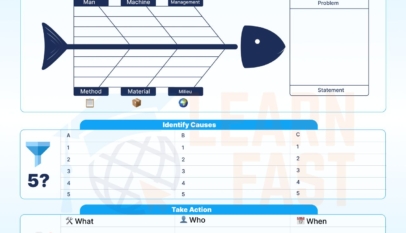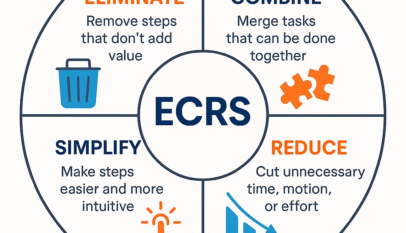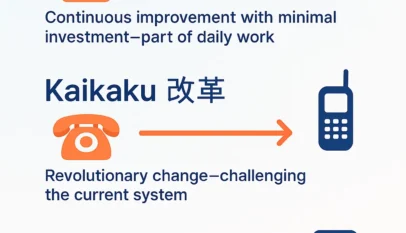Many managers unknowingly make a fatal mistake when trying to improve performance:



The result? Pressure → Resistance → Forced Compliance
This approach doesn’t just fail—it burns out employees, increases turnover, and damages morale. But what if there was a better way?
Instead of fighting resistance, what if the system itself made productivity effortless?
The Shift: From Stress to Systems
Imagine the most productive day you’ve ever had:



That’s not luck—that’s the power of a well-designed system.
Great managers don’t push harder—they remove friction.
3 Steps to Unlocking Natural Productivity



When the system leads, struggle disappears.
The Key to Consistent Performance
Have you ever noticed how some production lines or teams:



It’s not because the employees work harder.
It’s because the system works better.
How to Apply This to Your Team
Want to test this approach for yourself? Try these three steps:

- Where are the biggest performance gaps?
- What tasks take the longest or cause the most delays?

- When are managers or employees constantly putting out fires?
- Are recurring issues forcing your team into reactive mode?

- Implement structural improvements instead of relying on quick fixes.
- Automate repetitive tasks where possible.
- Standardize processes to ensure smoother workflows.
Final Thoughts: Work Smarter, Not Harder
Productivity doesn’t come from pressure—it comes from better systems.
When you stop pushing and start optimizing, your team will:



If your team is struggling, don’t demand more effort—fix the system.
What’s one bottleneck you could remove today?














Hi Alin, thanks for identifying the mistake. It has been corrected. Thanks for the book as well; great resource.